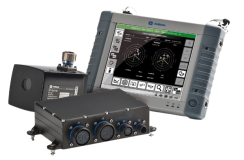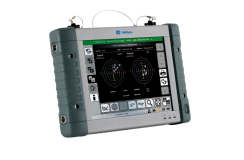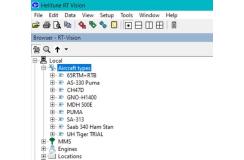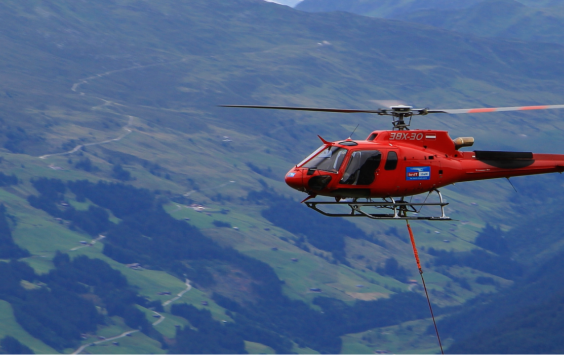The Minimum Flight Routine (MFR) algorithm was introduced in 2010, to reduce the number of flights needed to perform RTB, therefore reducing operating costs and increasing aircraft availability.
This new MFR algorithm enables the operator to solve for multiple flight conditions simultaneously using multiple adjustments, dramatically reducing the flight time used for RTB maintenance activities, and providing the following significant benefits:
- Fewer maintenance flights are required, resulting in reduced costs
- Increased aircraft availability for scheduled flights
MFR uses independent adjustment sensitivities at each flight condition to calculate a combined RTB solution using available adjustment types. The solution is predicted to minimise the track split and vibration across the required flight conditions while remaining within any specified limitations on adjustment ranges.
To simplify configuration for the user, pre-defined ‘profiles’ are used. Depending on the profile used, the algorithm can solve for lateral balance, vertical balance, and track at all required flight conditions and use all adjustment types simultaneously. This approach allows the method to account for and, if necessary, correct for any defined cross-coupling effects.
The algorithm is central to Helitune’s new range of RTB products such as the Flitepad console. It has also been integrated into Helitune’s existing RTB products, the RT-2000, RT‑5JS+, and RT-Vision GroundStation. This level of integration has made it possible to bring the algorithm into service on a range of aircraft platforms for different customers around the world.
MFR was first conceived in early 2006 and development commenced later that year through a Knowledge Transfer Partnership (KTP) between Helitune and the University of Bristol. The algorithm development resulted in the presentation of technical papers at the Seventh DSTO International Conference on Health & Usage Monitoring, 2011, and AHS International 68th Annual Forum, 2012.
The success of Helitune’s KTP project has been publicised both locally and nationally, including an article in The Daily Telegraph.





